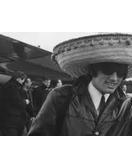

 Share with others. Thanks!
Share with others. Thanks!
When it comes to advanced technology, the Asians, and particularly the Japanese usually have it covered (with help from Germany). A perfect example; high speed and bullet trains. Shanghai, China has a high speed rail link from Pudong International Airport in the east of the city, and it runs towards the city center but not quite all the way yet. It’s capable of traveling at 430 kph (267 mph) which it does at certain time periods during the day. At other times it ‘only’ travels at 300 kph (186 mph). The journey is roughly 30 km (19 miles) and takes 7 or 8 minutes depending on the speed of the train. It was the first magnetic levitation train in the world, and the only other one in operation now is in Japan.
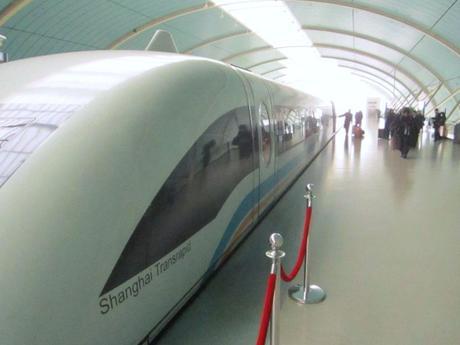
Maglev doesn’t use wheels or rails.
The train doesn’t have a combustion engine, wheels or rails. It is purely worked by electrical current, which uses magnets to propel the train along. It lifts off the ground so there is zero friction or contact, and the electric current pulls the train forward. The only drag it encounters is from the outside air. The track has a number of turns but these are long and slow and are banked to remove sideways g-force on the passengers. It certainly doesn’t feel like it’s going that fast but if you look out the window at the cars on the road parallel, that’s when it becomes obvious. So this is what a Formula 1 driver feels! It takes over a minute to reach full speed and about a minute to slow down and stop.
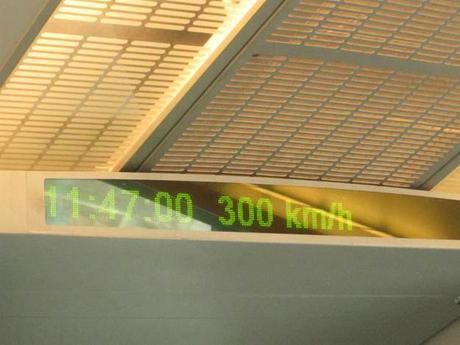
It doesn’t feel like 300 kph at all.
An alternative to the 50 yuan (6 Euro) one-way ticket, or 80 yuan (9.60 Euro) return ticket is the Shanghai Metro, one of the three largest systems in the world. It goes direct from the airport to the city center, with a change of trains at Guanglan station. For less than a Euro each, the Metro brings passengers to the city center (Nanjing Road area) from the airport on the green number 2 line. The Maglev stops at Longyang Road station and passengers have to transfer to the Metro there anyway.
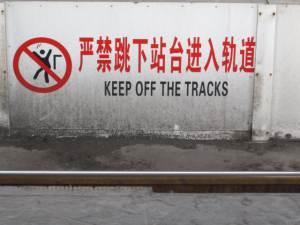
Inside Shanghai Metro.
Above ground the bus system is equally extensive with numerous companies operating fleets of newer model buses. Most have air conditioning to relieve the sweltering heat of summer by the East China Sea, so those buses have a snowflake symbol appearing before the route number. With over 1000 bus routes though, and destination signs in Chinese characters, it’s not a very simple thing to navigate it.
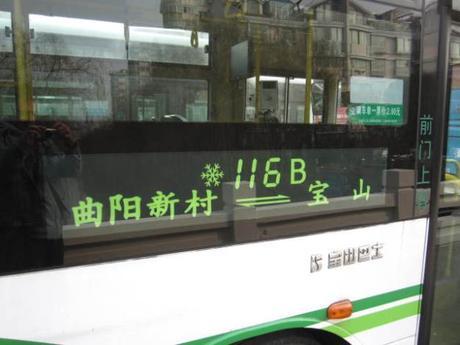
Shanghai buses usually show the route number and an air-con symbol. The rest is self explanatory.
It’s also not easy at times for tourists to find someone who speaks English to give assistance. Fares are fairly cheap, at around 25-50 cents for journeys, therefore at times the numbers inside a bus can defy physics. Lots of people obviously don’t care about the crowds and are happy to squeeze into any available pocket of space. Many foreigners are not used to that. Unfortunately rush hour traffic makes travel by bus frustratingly slow at certain times. Therefore the Metro generally makes more sense for cross town travel.
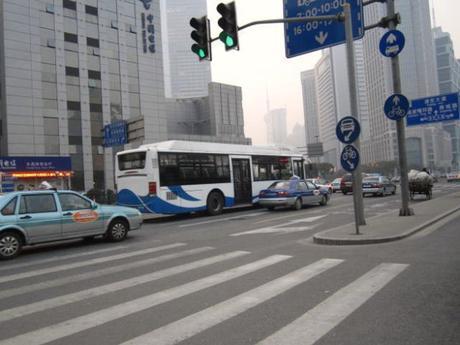
VW Santana taxis compete with buses for road space in Shanghai. (Under clear skies).
A more aggressive way to travel in Shanghai is by taxi. They can save time by ignoring most of the traffic laws, road signs and lights! The majority of Shanghai taxis are Volkswagen Santanas, which I had never seen or heard of before. They look like the older model Jetta. Other taxis are Passats. As with taxi drivers anywhere, insist on the meter being turned on, or agree on a set price before starting the journey. It is also recommended to have your destination written in Chinese, in case the driver isn’t good with English. Close your eyes to avoid the risk of death by heart attack.
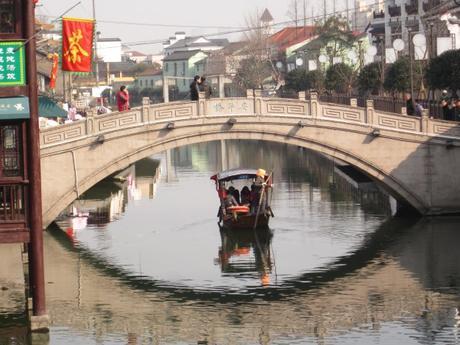
In China the bicycle is still a hugely popular way of getting around even in big cities. Bicycles and motorbikes zip in and out between cars and regularly on the footpaths as well. The two wheeled ‘workhorses’ are quite often adapted to carry loads, and here are some examples;
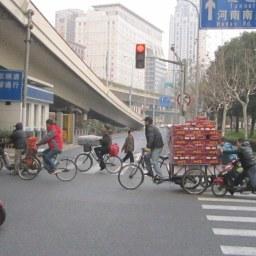
The beer delivery man gets a helping hand.
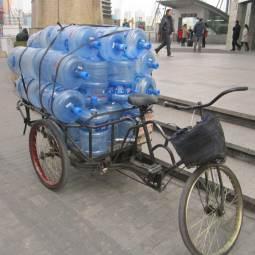
The Shanghai water delivery man.
.
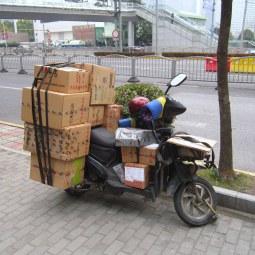
The parcel delivery man, in Shanghai.
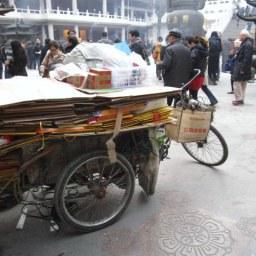
The empty parcel collector man.
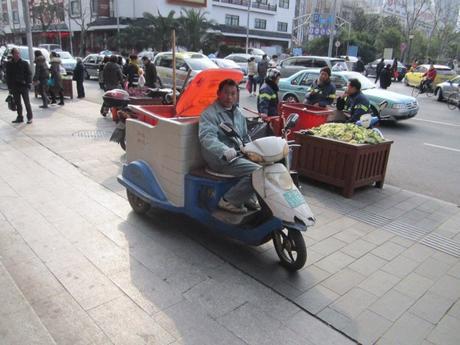
The rubbish collector.
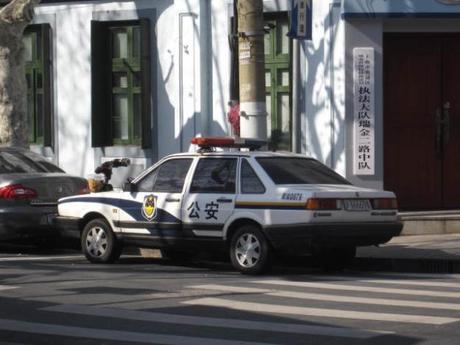
You probably don’t want to go in one of these.
